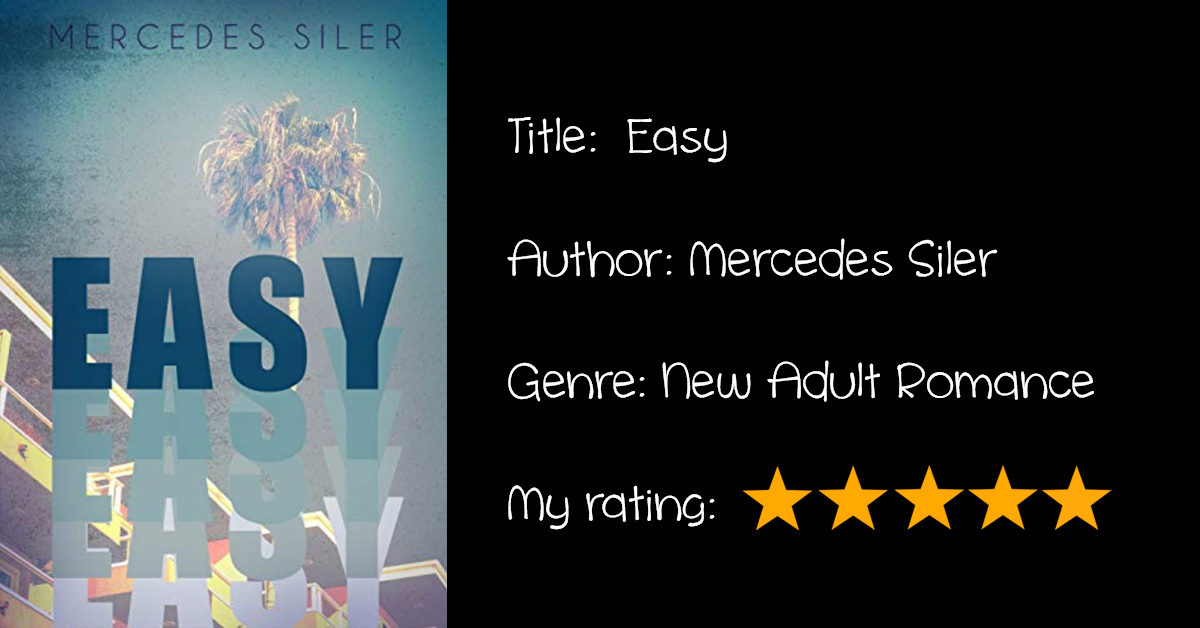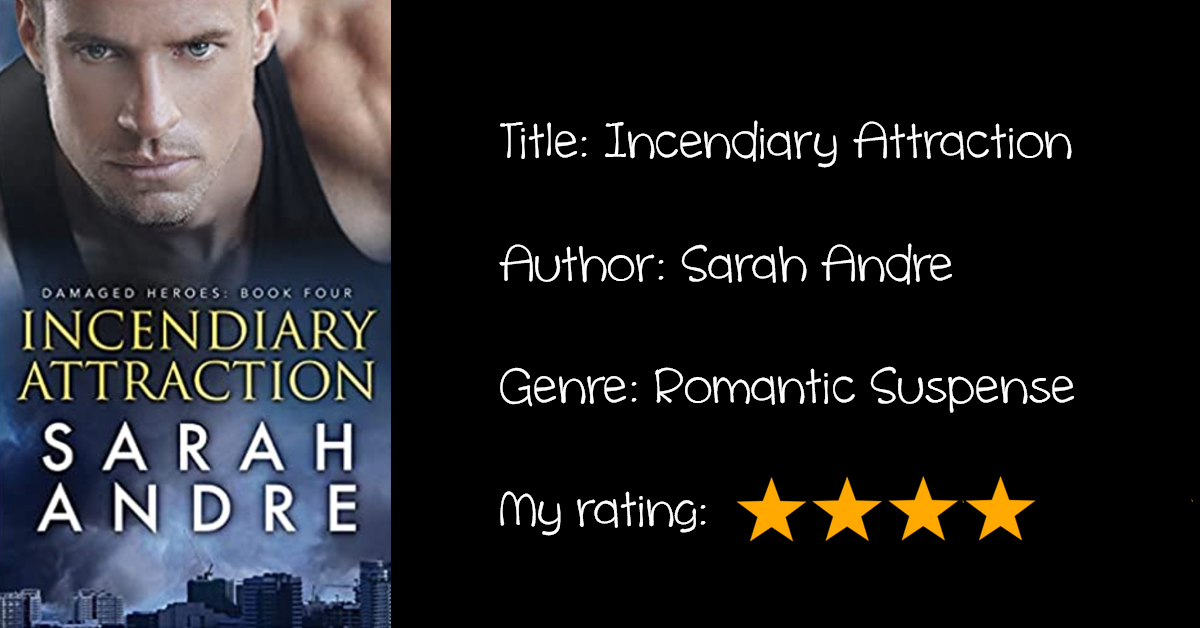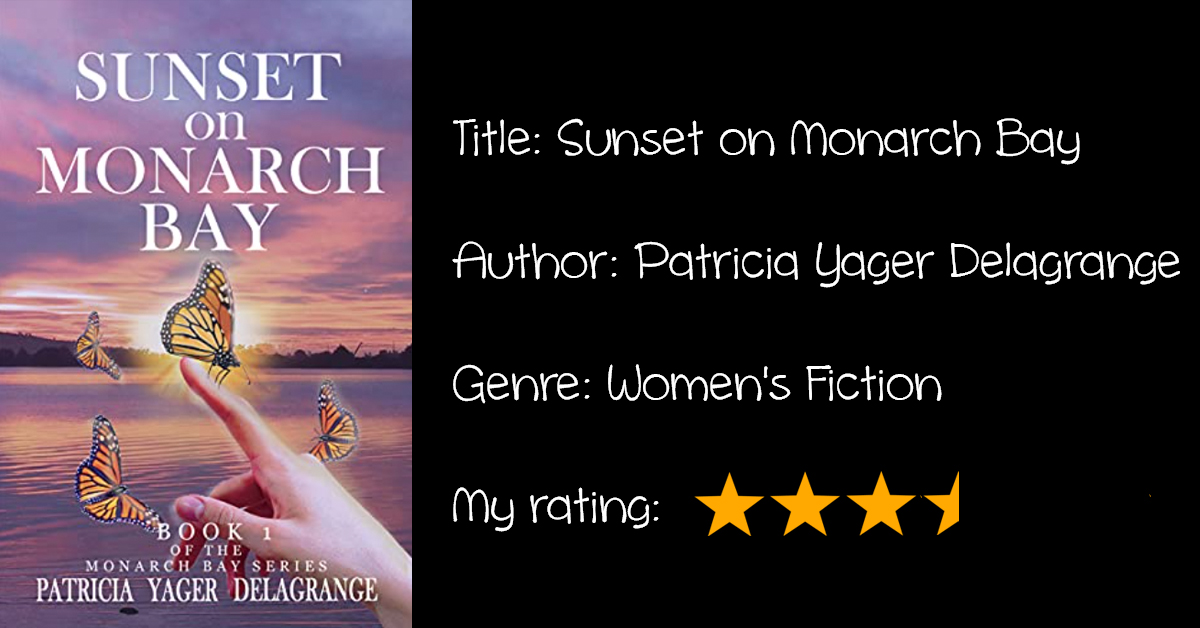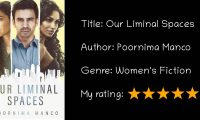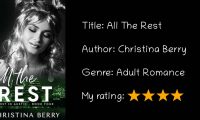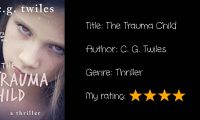Review: “The Best Therapy: A Guide for Wounded Healers”
A raw, thought-provoking reflection of mental health and the internal wounds of its gatekeepers
This was my thirty-fourth book I chose via the Reedsy Discovery program, for which I am the single approved reviewer for this new book. This review also appears on Reedsy.
If you’re interested in becoming a Reedsy reviewer (and have the chance to get paid “tips” to review books!) check it out here.
The Premise
Mental health therapist Jim LaPierre LCSW recounts his own life and career experiences, and provides guidance for other “wounded healers” like himself who straddle the fine line of sanity while helping others with their own mental struggles. Through self-help reflective questions and exercises, readers can use this book to help their own healing and recovery.
The Pros & Cons
This was a raw, thought-provoking reflection of mental health and the internal wounds of its gatekeepers.
Through an engaging collection of short essays, the author recaps his personal experience with his past as well as throughout his career. He also offers self-help guidance in the forms of questions and exercises at the end of each chapter.
His recounts of experiences with patients were interesting and deep, and it was evident that they impacted upon his psyche and were influential in shaping his practice. He explains how many of us operate on a spectrum where we “pass for normal”; however, “we create internal conflict by avoiding external conflict.” There are many profound statements that inspire deep reflection, such as: “My brain does an awful lot of stuff without my permission.” This is so true, and really resonated with me.
In terms of the overall book as a whole, there are a few moments that feel repetitive, but nevertheless these elements give it a natural cadence of storytelling that is calming and reassuring — similar to a therapy session. There are a lot of images that stay with you as inspirational take-aways.
For instance, I liked his comparison to the tale of Rudolph the Red-Nosed Reindeer and the Island of Misfit Toys, where toys that were abandoned or imperfect were able to come together and form a family — so, too, can “wounded healers” who can combine their strengths and capacities to make each other whole again, through their connections and bonds among the community:
We are different but in amazing ways. Nobody loves like we love. Nobody laughs like we laugh. Nobody will ever be as honest with you as we will. Our loyalty to each other is fierce, and we are the very best people to call at 3 a.m. when the wheels have come off the bus because nobody can be there for you like we can. Despite being so good to each other, we struggle to be good to ourselves.
Conclusion
The lasting message of this book is that to be able to be a healer, you must work on yourself first:
It is not selfish to take care of yourself while serving the world. Quite the opposite: it is absolutely and undeniably necessary.
I can see this book being very useful for its target market, particularly as a regular practice of daily or weekly reading, and as a reference guide to help practice mindfulness while working in this challenging profession. I would highly recommend to others, and I thank the author for the time and care to provide this valuable resource to the community.

